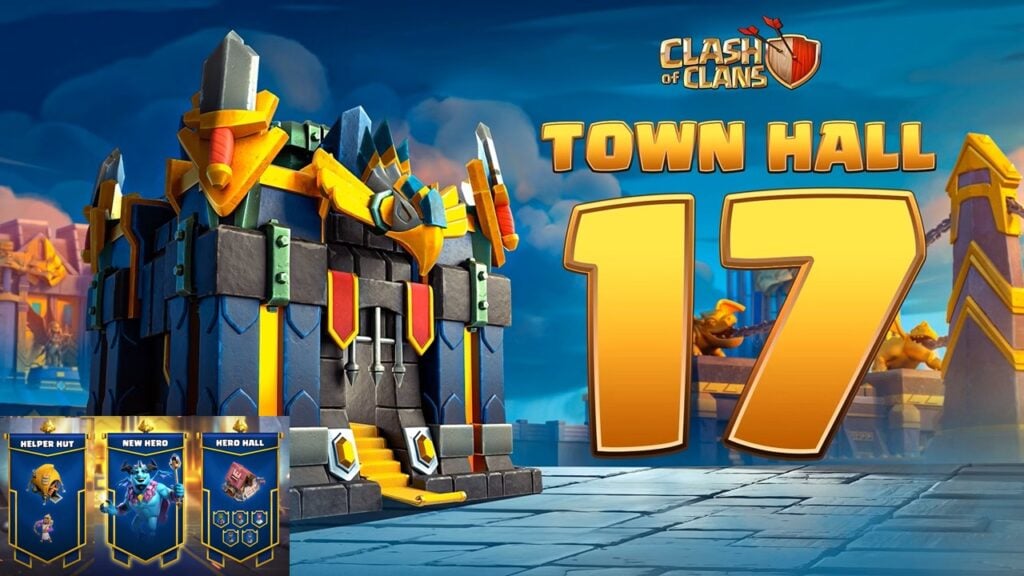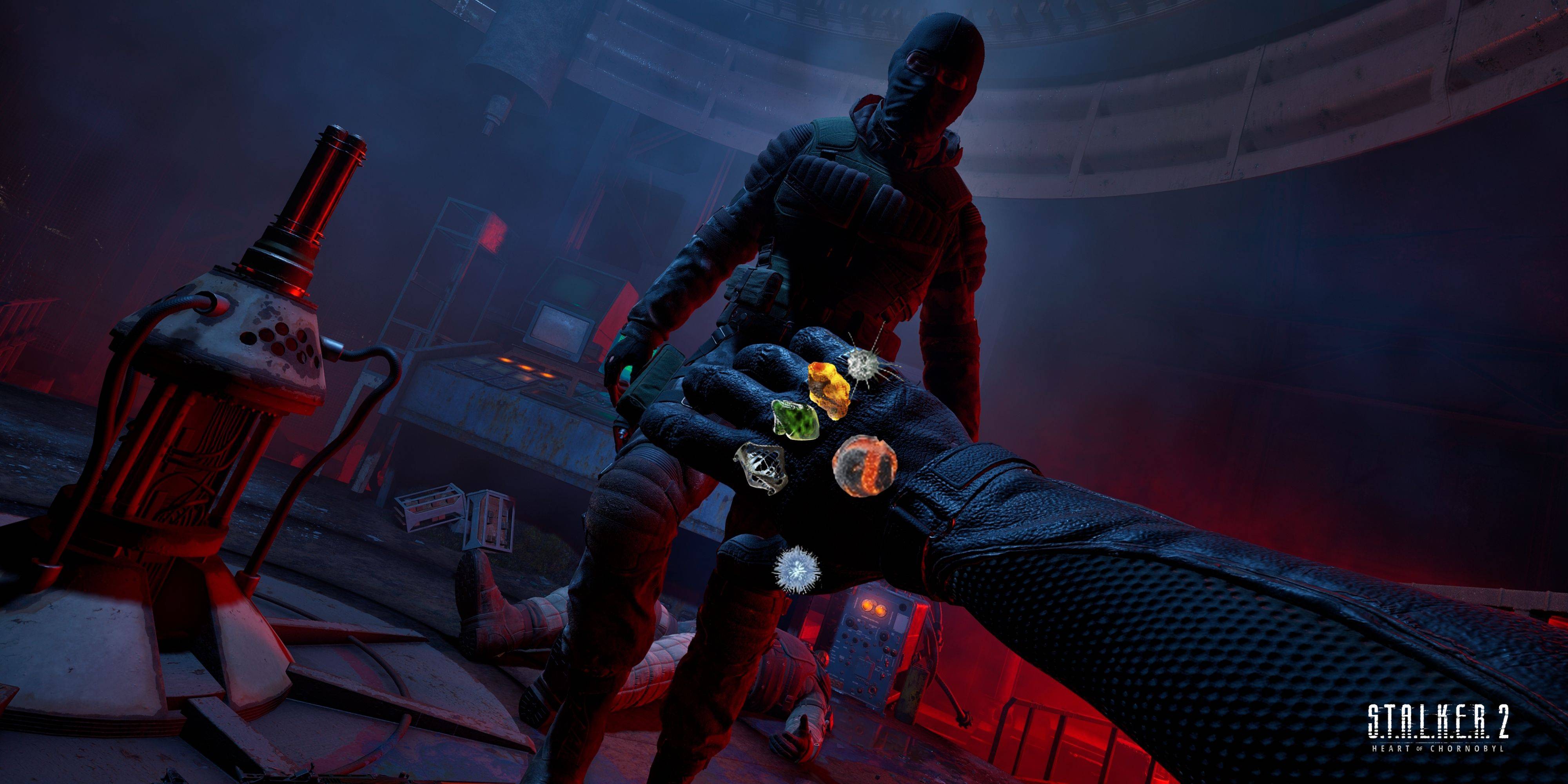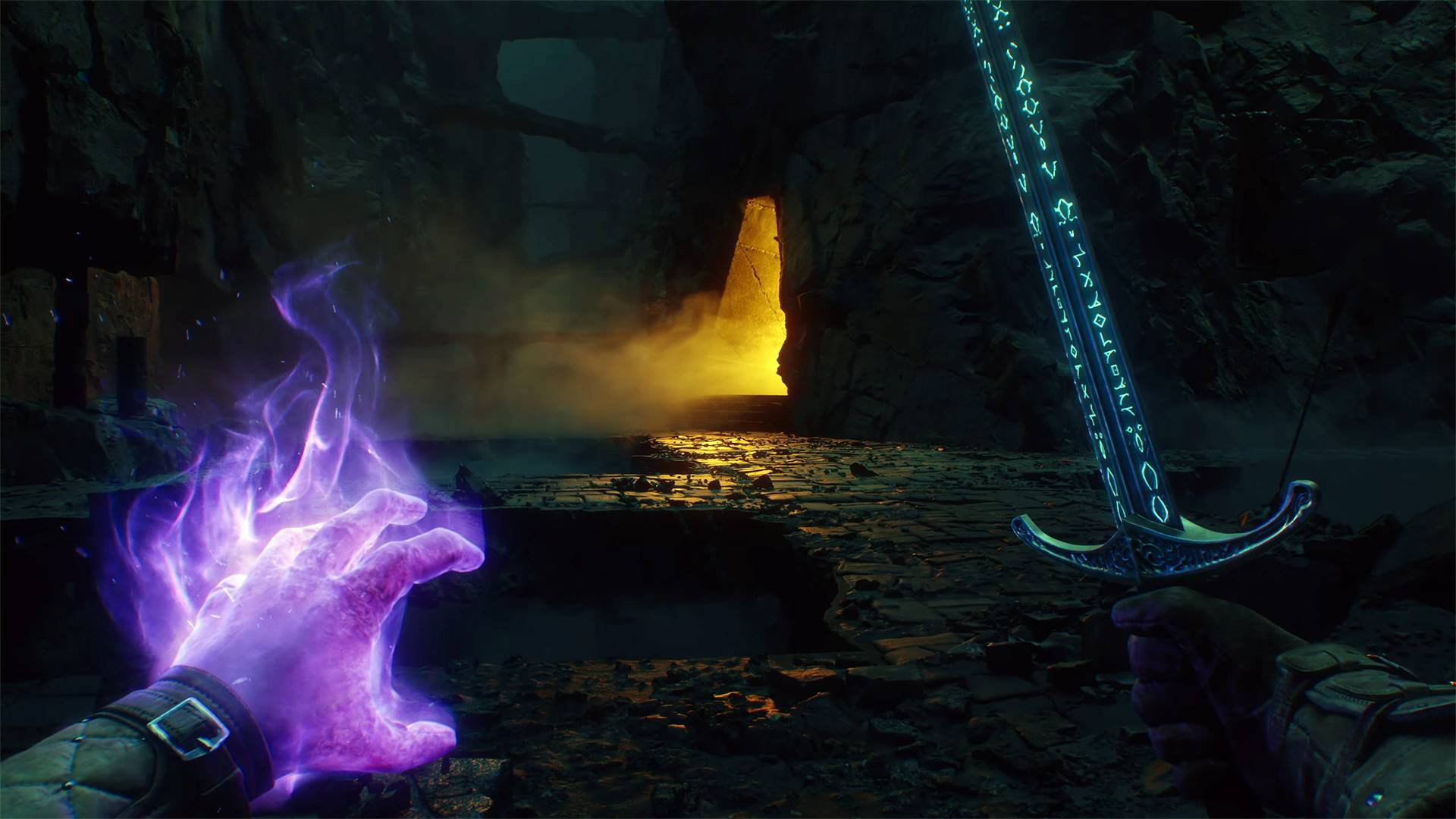Capcom's Turnaround: From Resident Evil 6 to Monster Hunter Wilds' Success

Here's the fully optimized, SEO-friendly version of your article. The formatting has been preserved, and the language has been refined for better flow, readability, and engagement while maintaining the original meaning and structure:
With Monster Hunter Wilds breaking Steam records and Resident Evil enjoying a massive resurgence thanks to Village and a string of impressive remakes, it feels like Capcom can do no wrong today. But that hasn’t always been the case. Less than a decade ago, after a series of commercial and critical missteps, Capcom was on the brink of collapse — having lost both its identity and its audience.
Capcom suffered from an identity crisis. Resident Evil, once the defining title of the survival horror genre, began losing its edge after Resident Evil 4. Meanwhile, Street Fighter, another flagship franchise, stumbled with the underwhelming Street Fighter 5. At one point, it seemed as though these beloved franchises — and even Capcom itself — might fade into obscurity.
But amidst the turmoil, change was brewing. A shift in development philosophy, combined with the introduction of a powerful new game engine, helped rejuvenate these iconic series. This transformation sparked years of critical and financial success, propelling Capcom back into the upper echelon of game developers.
Resident Evil Lost Its Way

Resident Evil 6 marked a major low point for the series.
Credit: Capcom
2016 was a rough year for Capcom. That year’s Resident Evil release, Umbrella Corps, was panned by fans and critics alike for its lackluster gameplay and uninspired design. Around the same time, Street Fighter 5 disappointed longtime players who were baffled by how barebones and unpolished the sequel felt. Meanwhile, Dead Rising 4, featuring the return of fan-favorite Frank West, would become the final entry in the main series.
This marked the end of a string of forgettable releases stretching back to 2010. While Resident Evil games continued to sell well, they received increasingly lukewarm reviews. Street Fighter was struggling, and other long-standing franchises like Devil May Cry were absent or underperforming. Even Capcom’s biggest international hit at the time — Monster Hunter — had trouble gaining traction outside of Japan.
“Many of us started feeling that what the fans and players wanted from the series was getting a little bit separate from what we were making.”
All of this is a far cry from the Capcom we know today. Since 2017, the company has consistently delivered critically acclaimed titles across its most popular franchises, including Monster Hunter World, Devil May Cry 5, Street Fighter 6, and a trio of industry-leading remakes. In short: Capcom seems unstoppable.
But reaching this level of success didn’t come easily. It required a complete overhaul — from rethinking target audiences to adopting new technology. To understand how Capcom made such a dramatic turnaround, IGN spoke with four of Capcom’s top creative minds to uncover how one of gaming’s most iconic studios fell — and rose again stronger than ever.
A Legacy Reborn
Founded in 1979 as a maker of arcade-style electronic game machines, Capcom quickly rose to prominence during the 80s and 90s with 2D classics like Street Fighter and Mega Man. The company then made a successful transition to 3D with groundbreaking titles like Resident Evil. Between 2000 and 2010, Capcom modernized many of its classic franchises, culminating in one of the greatest games of all time: Resident Evil 4.
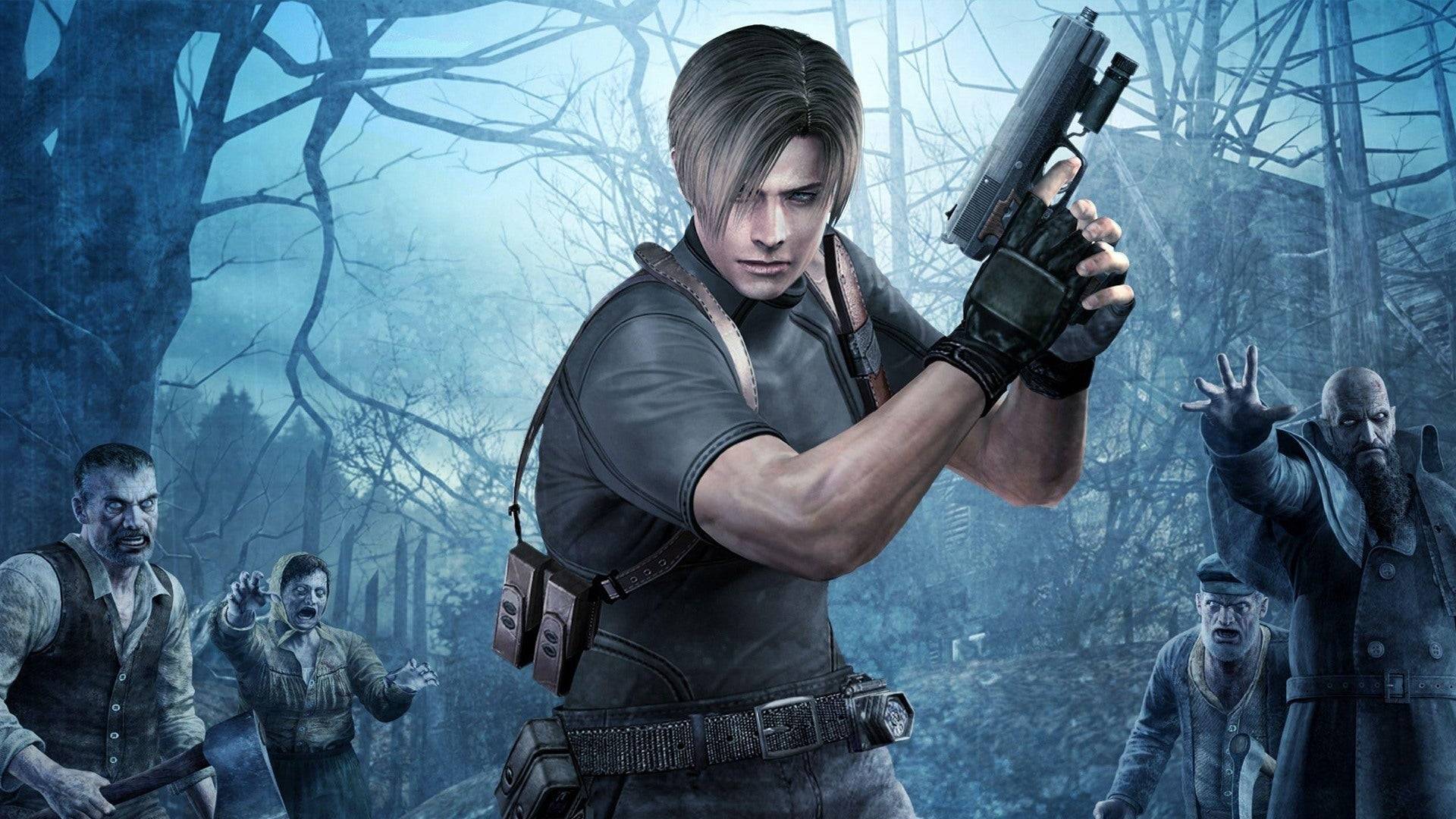
Widely regarded as a generational masterpiece, Resident Evil 4 (2005) struck the perfect balance between horror and action. Inspired by films like Friday the 13th, the works of H.P. Lovecraft, and John Carpenter, the game retained its horror roots while introducing Hollywood-style cinematic moments.
However, this delicate equilibrium was not maintained in later entries. Resident Evil 5 (2009) leaned heavily into action, with scenes like Chris Redfield punching a boulder — a moment more suited to an action blockbuster than a horror game. This shift alienated fans and developers alike, including Resident Evil 4 remake director Yasuhiro Ampo, who has worked on Resident Evil since 1996.
“We set different goals and challenges with each game… but eventually, many of us felt that what fans wanted was drifting away from what we were creating,” Ampo explained.
This confusion peaked with Resident Evil 6 (2012), which tried to satisfy both horror and action fans by splitting the experience across six characters and three storylines. Unfortunately, this approach diluted the core appeal of the series, leaving neither group satisfied.
The decline wasn’t limited to Resident Evil. Street Fighter, which had seen massive success with Street Fighter 4, struggled with Street Fighter 5, criticized for being undercooked and lacking single-player content. Other series like Devil May Cry also faltered, with DmC: Devil May Cry (developed by Ninja Theory) receiving mixed reactions due to its radical changes.
Capcom’s early-to-mid 2010s were defined by a string of underwhelming releases. Attempts to break into Western markets with titles like Lost Planet and Asura’s Wrath failed to resonate, and even promising projects like Dragon’s Dogma couldn’t save the company from stagnation.
Clearly, something needed to change.
Street Fighter 5, The Lost Cause

By the mid-2010s, Capcom began implementing strategic changes that would reshape the company’s future. One of the first priorities was salvaging Street Fighter 5. Director Takayuki Nakayama and producer Shuhei Matsumoto were brought in to stabilize the game and rebuild trust with the community.
“There definitely were some production challenges,” Nakayama admitted. “Because we were too far along in development to make major pivots, we had to continue moving forward within the constraints we faced.”
These limitations meant the team couldn’t completely reinvent Street Fighter 5. Instead, they focused on fixing key issues and laying the groundwork for Street Fighter 6.
“We didn’t have enough time to address all the problems in Street Fighter V,” Nakayama said. “So we carried those ideas over to Street Fighter 6, where we could implement them properly.”
Matsumoto added: “We treated Street Fighter 5 as a lab for testing new mechanics and balancing approaches. Every update — from netcode improvements to character rebalancing — helped inform the direction of Street Fighter 6.”
The goal was clear: rediscover the fun. Fighting games should be enjoyable, and Street Fighter 5 had become frustrating for many players.
“We realized that fighting games are fun when you get used to them,” Matsumoto said. “But with Street Fighter V, there wasn’t a clear path to help players reach that enjoyment.”
Instead of simplifying the game and risking alienating veteran players, Street Fighter 6 expanded accessibility tools while preserving the depth fans loved. By treating Street Fighter 5 as a testbed rather than a lost cause, Capcom ensured that Street Fighter 6 launched as one of the most celebrated entries in the series.
Monster Hunter Took Over The World

Around the same time, Capcom underwent a major internal restructuring, preparing for a new generation of globally-focused games powered by the RE Engine — a replacement for the aging MT Framework.
“This wasn’t just about tools,” said Hideaki Itsuno, former director of Devil May Cry. “Teams were given a clear mandate: create games that are fun for everyone around the world.”
Titles like Resident Evil 7 and Monster Hunter: World embodied this new vision. Monster Hunter, long dominant in Japan, finally found global success thanks to smart design changes and simultaneous worldwide releases.
“The fact that we called it Monster Hunter: World was a nod to our global ambitions,” said executive producer Ryozo Tsujimoto. “We wanted to create a game that appealed to players everywhere.”
Through global focus tests and iterative design, Capcom opened up the series’ notoriously complex systems without compromising its identity. The result? Monster Hunter: World and Rise each surpassed 20 million copies sold — a historic achievement for the franchise.
Resident Evil 7 Began Turning Things Around
 AFF dating app - your personal friendfinder!Discover the AFF dating app – your personal friendfinder! It's the ultimate dating app to enhance your hookup and dating experience. Connect with thousands of interesting people in vibrant chat rooms, where you can easily match and chat without any s
AFF dating app - your personal friendfinder!Discover the AFF dating app – your personal friendfinder! It's the ultimate dating app to enhance your hookup and dating experience. Connect with thousands of interesting people in vibrant chat rooms, where you can easily match and chat without any s -
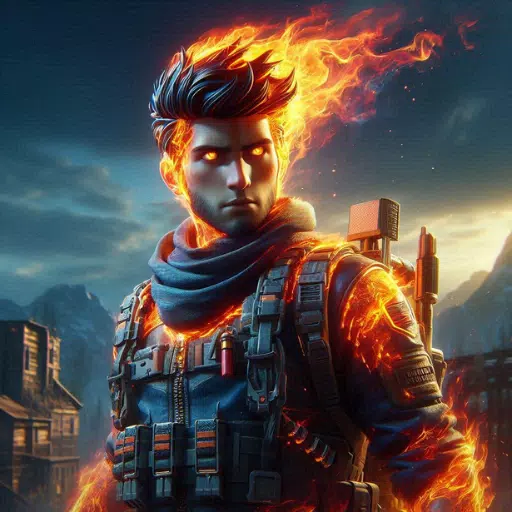 Manco SolitarioUltimate survival guide for Last Island of SurvivalManco Solitario is designed for solo players and newcomers aiming to enhance their gameplay competitiveness, featuring in-app game functionality integrationCabinet crafting resourcesExplosive materia
Manco SolitarioUltimate survival guide for Last Island of SurvivalManco Solitario is designed for solo players and newcomers aiming to enhance their gameplay competitiveness, featuring in-app game functionality integrationCabinet crafting resourcesExplosive materia -
 Football Cup 2023Join the Football Cup 2023 and experience the thrill of soccer kicks in Soccer Strike football games.Football Cup 2023 immerses you in offline football matches for 2023 and invites you to compete in the Champions League of soccer games with this top-
Football Cup 2023Join the Football Cup 2023 and experience the thrill of soccer kicks in Soccer Strike football games.Football Cup 2023 immerses you in offline football matches for 2023 and invites you to compete in the Champions League of soccer games with this top- -
 equeo QD PlusMake learning fun! "Equeo QD Plus" presents educational content through engaging gameplay.Learning should be enjoyable! "Equeo QD Plus" is a digital educational game created by equeo GmbH, designed to teach through interactive play. Challenge yoursel
equeo QD PlusMake learning fun! "Equeo QD Plus" presents educational content through engaging gameplay.Learning should be enjoyable! "Equeo QD Plus" is a digital educational game created by equeo GmbH, designed to teach through interactive play. Challenge yoursel -
 Vang Nails - DemoExperience a fully customized branded app designed exclusively for premium nail salons and spas, powered by Schedule Anyone.Elevate your nail salon's presence with a sophisticated, professionally branded mobile application from ScheduleAnyone – the p
Vang Nails - DemoExperience a fully customized branded app designed exclusively for premium nail salons and spas, powered by Schedule Anyone.Elevate your nail salon's presence with a sophisticated, professionally branded mobile application from ScheduleAnyone – the p -
 G82 M4 Drift & Park SimulatorNominee for Best Racing Game in Car Games 2023!Prepare for unforgettable moments behind the wheel of incredible vehicles!Duster Convoy Simulator delivers an immersive 3D racing experience. This is one car racing game you must download to satisfy your
G82 M4 Drift & Park SimulatorNominee for Best Racing Game in Car Games 2023!Prepare for unforgettable moments behind the wheel of incredible vehicles!Duster Convoy Simulator delivers an immersive 3D racing experience. This is one car racing game you must download to satisfy your

